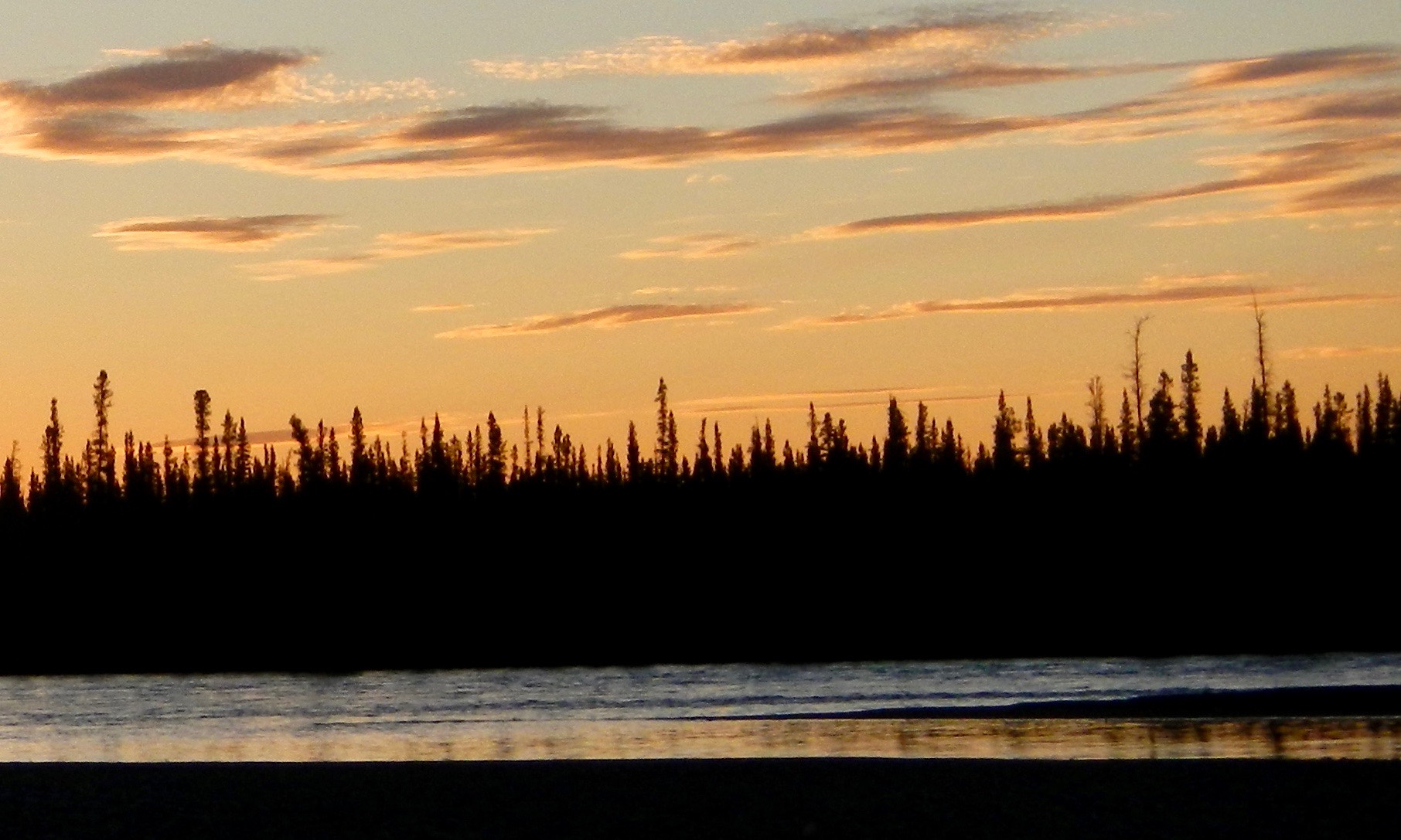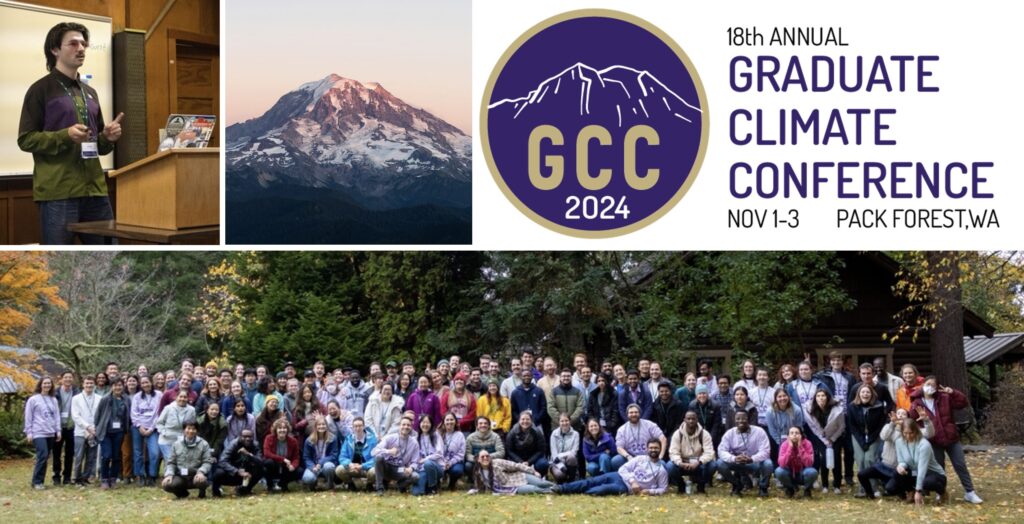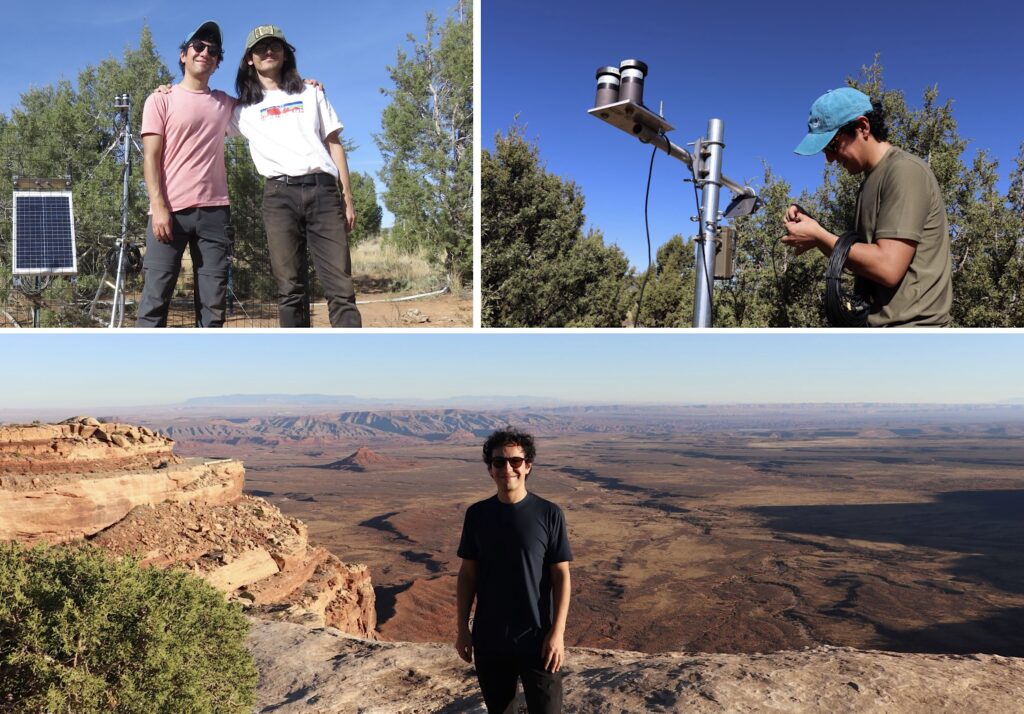Oscar, Teresa, Perry, and Darby visited Grand Canyon Elementary School as part of the Flagstaff Festival of Science In-School Speaker Program. They worked with 3rd through 5th graders to explore phenology, ecosystems, and how PhenoCams are used to monitor seasonal changes in plants. Each classroom received a brief introduction to these topics, followed by a variety of hands-on activities. Students arranged PhenoCam images of ecosystems by season, identified ecosystem disturbances like droughts and wildfires through photos, and matched images to the correct ecosystem type. There were also fall-themed arts and crafts projects to connect science with creativity. The fifth graders had the opportunity to explore the PhenoCam website, using the map to investigate seasonality at different locations. Fourth graders were deeply engaged, asking thoughtful questions and contributing insightful answers during the activities. In the third-grade classroom, Teresa, a visiting graduate student, provided a multilingual element by teaching students how to say the four seasons in Spanish. Overall, it was a successful outreach event — thanks to the elementary school teachers for the invitation!




